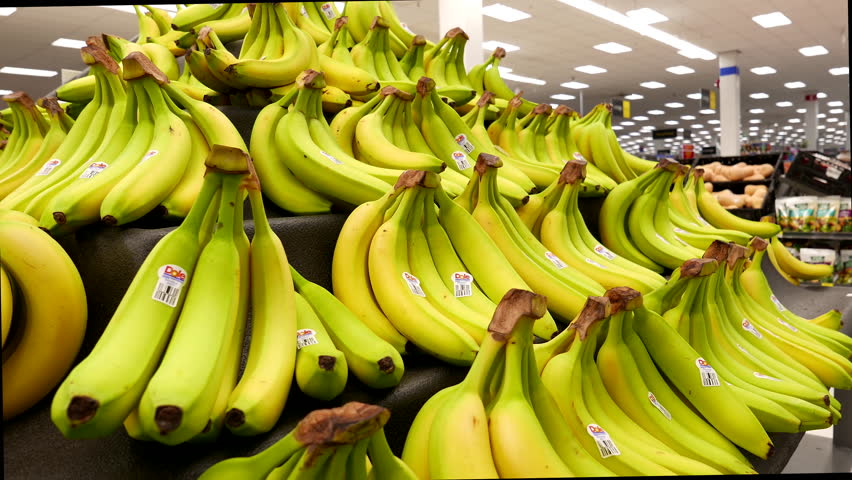In a recent report Nielsen suggested that the significant changes in shopping behavior I predicted are happening. Shoppers are responding to changes at retail by going to more shops, more frequently, but buying less per trip. This shopping trip fragmentation is turning back the clock on decades of progression towards one-stop shopping. And it is the biggest supermarket chains which are suffering most as a result in these changes in shopper behavior.
Nielsen suggested that the significant changes in shopping behavior I predicted are happening. Shoppers are responding to changes at retail by going to more shops, more frequently, but buying less per trip. This shopping trip fragmentation is turning back the clock on decades of progression towards one-stop shopping. And it is the biggest supermarket chains which are suffering most as a result in these changes in shopper behavior.
The report then goes on to suggest that these changes in shopper behavior are all driven by price hunting: a point I take some issue with. Certainly many shoppers around the world are more tuned in to price than ever before. Economic uncertainty will be driving this. The prevalence of price comparison apps both highlights price discrepancy and takes some of the hard work out of shopping around for price. Discounters too have sensed the opportunity to adjust their model and really nail home their price advantage. All this is true. But these changes in shopping behavior are not all about price.
What is driving the changes in shopper behavior? Not just price!
In many parts of the world, convenience stores is the fastest growing channel. Convenience stores are many things, but they are rarely the cheapest place to buy your groceries. Online as a channel is growing: while online offers good prices, in many parts of the world there is still a charge for grocery delivery. Hardly the best route for shoppers absolutely driven by price and nothing else. Both of these changes in shopping behavior are driven by convenience. But online isn’t just Tesco.com or Walmart.com either. The Internet allows small businesses to reach much wider geographies (and therefore more shoppers) than a traditional store ever could. The economics of this is driving online specialists such as www.coffeebeandirect.com or http://www.finefoodspecialist.co.uk/ Again, none of these offer a price proposition: they are offering expertize and range (as well as convenience). They might not be everybody’s cup of tea (or cup of coffee) – but what is clear is that the changes in shopping behavior we are seeing are not simply price-driven.
Changes in shopper behavior are happening on- and off-line
And the growth of specialists isn’t limited to online either. After decades of decline butchers, bakers, organic stores and record stores are seeing astounding growth. Rarely are these businesses offering a price advantage versus the buying muscle of the major global retailers. Rather they are offering something that appeals to a certain group of shoppers who are no longer in thrall to the joys of the one-stop shopping superstore.
Shoppers are unshackled from one-stop-shop
The reality is that the Internet has done more than create the potential for simple price comparison – it has unshackled shoppers from the tyranny of ‘one size fits all’. Shoppers are free break up their shop and spend their time and money where they get value. The discounter may happily supply those categories that the shopper cares little for, an online specialist perhaps to pick up something unique and interesting, and a high street specialist for a category where expertize and service are desired.
Changes in shopper behavior create a challenge and an opportunity
What is both challenging and exciting about this for the consumer goods and retail businesses is that this won’t be the same for everyone. Over simplifications such as ‘shoppers are driven by price’ are simply not good enough and not true. Shoppers are people, and are far more complex. Price might be all I care about when it comes to buying shampoo, but for coffee I’m a little more discerning, for example. But some of my colleagues would be the exact opposite. The challenge for consumer marketers, shopper marketers and trade marketers is to recognize this. Not to try and be all things to every shopper, however. Rather, to focus on the consumers that are key. To focus on the shoppers that will be key to driving future sales and profit, and to build an understanding of how these target shoppers use different channels for different categories. Generic models and generalizations simply won’t help your brand or store win. To learn more download our free e-book: “Managing Channels in the Age of the Digital Shopper.”



